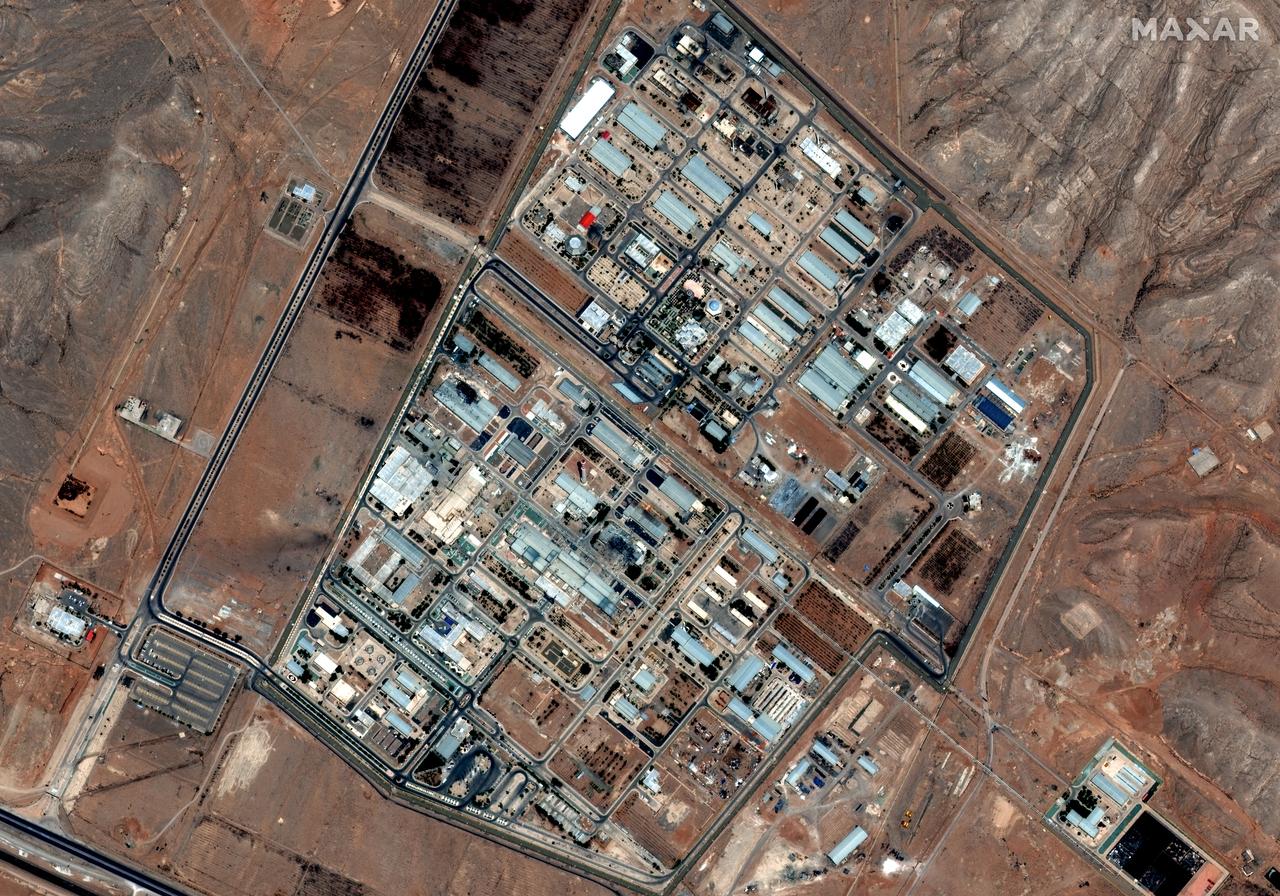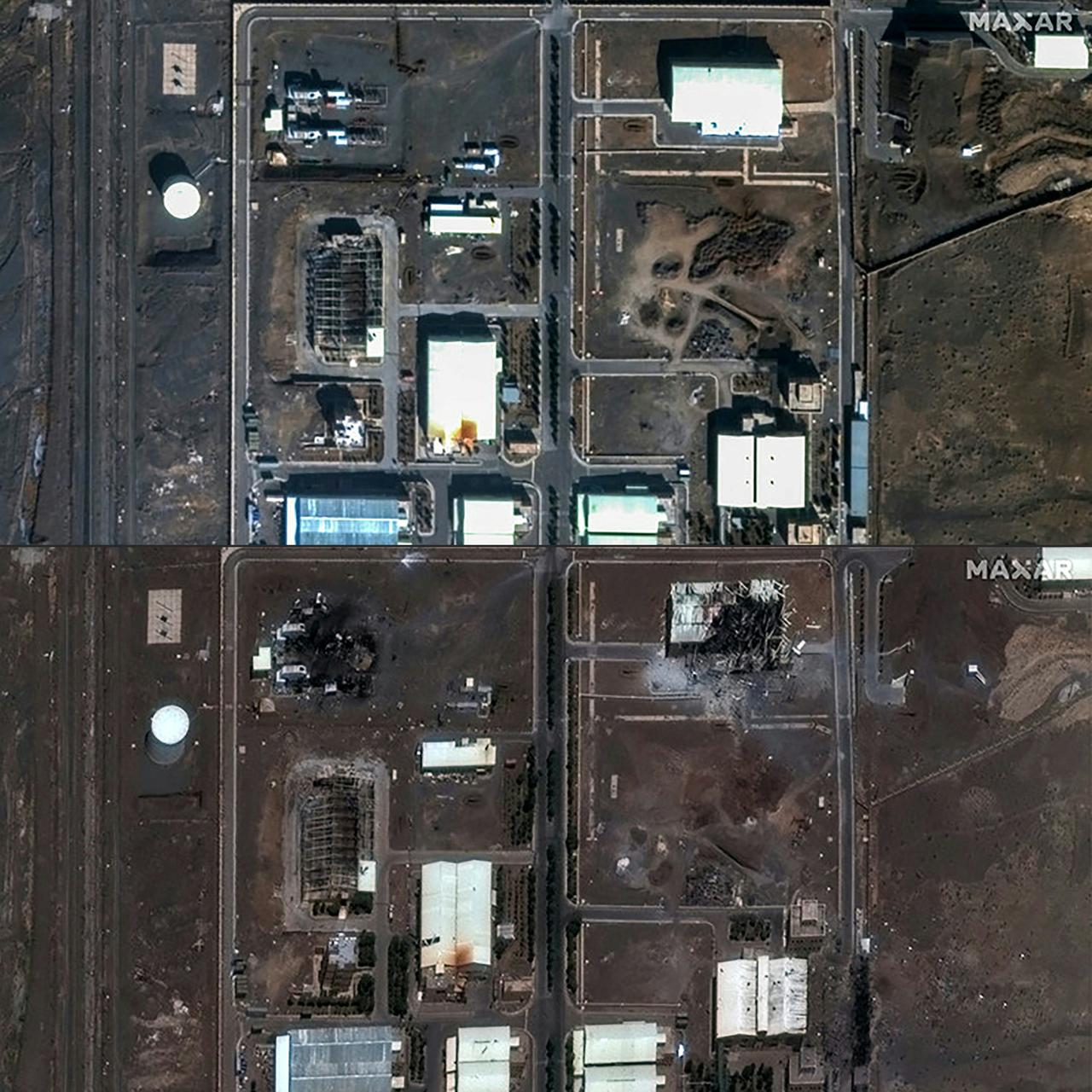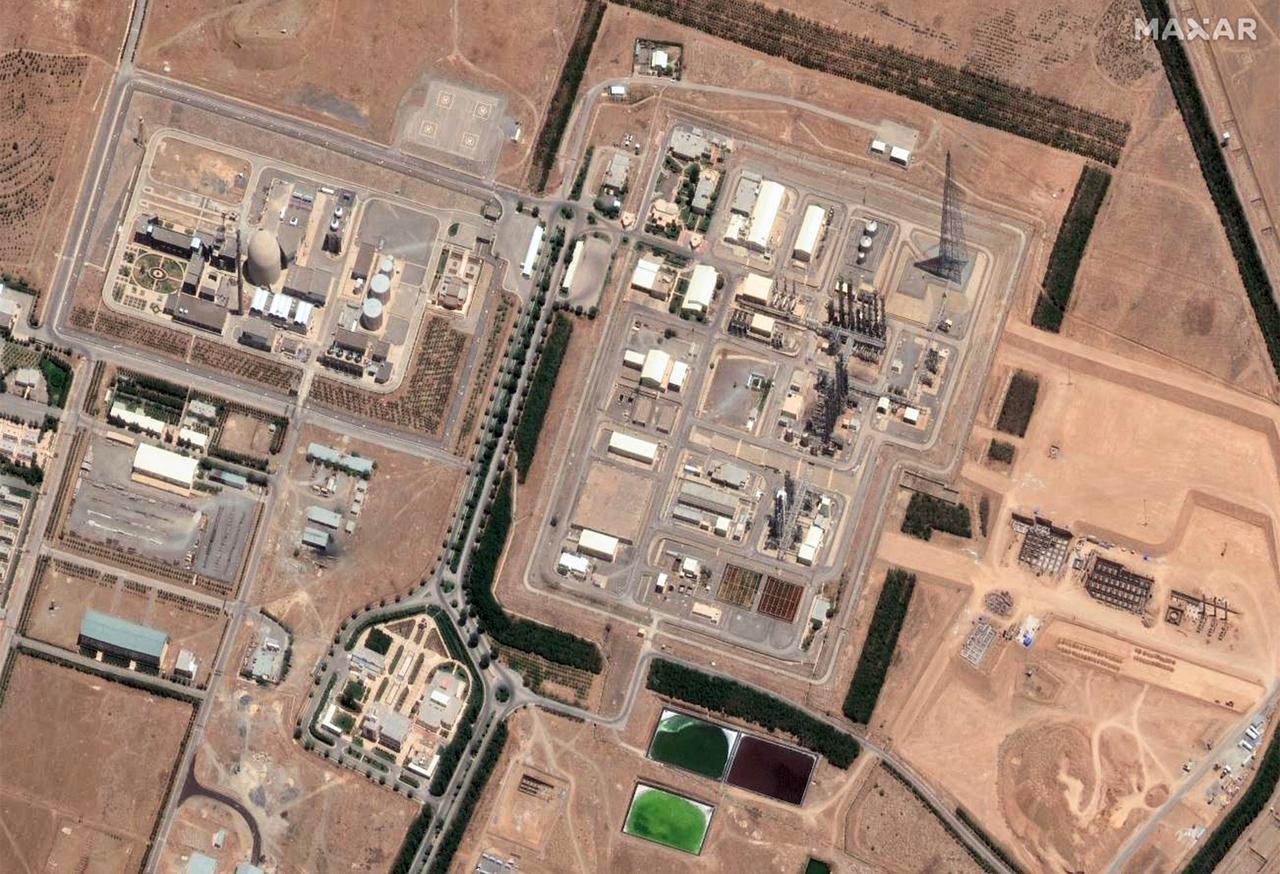
The International Atomic Energy Agency (IAEA) announced that damage was detected in the underground section of Iran's Natanz Nuclear Facility during Israel's attacks on Iran on June 13.
A statement was made on the social media platform X regarding the nuclear facilities in Iran that Israel attacked.
https://x.com/iaeaorg/status/1934945205574385964

The statement noted that based on the analysis of high-resolution satellite images collected after Israel's June 13 attacks, the IAEA identified additional elements indicating that the underground sections where uranium enrichment is carried out at the Natanz Nuclear Facility were directly affected by the attacks.
"Based on continued analysis of high-resolution satellite imagery collected after Friday's attacks, the IAEA has identified additional elements that indicate direct impacts on the underground enrichment halls at Natanz," the agency said on X.
The statement also reported that no changes were reported regarding the status of nuclear facilities in Isfahan and Fordow.

This is the first time the nuclear watchdog has assessed the damage caused by the strikes in the underground parts of Natanz, Iran's main enrichment facility.
IAEA Director Rafael Mariano Grossi had previously announced that the above-ground section of the Natanz Fuel Enrichment Facility was destroyed in Israel's attacks, but there were no signs of physical attack on the underground section.

An Israeli official stated that the Fordow nuclear facility was not targeted, saying, "However, it could be hit."
The Israeli official said Israel hit numerous targets linked to Iran's nuclear and ballistic missile programs throughout the night.
The unnamed Israeli official stated that the Fordow nuclear facility was not targeted, saying, "However, it could be hit."
Adding that Israel took measures to prevent a nuclear disaster, the Israeli official said approximately 400 ballistic missiles and hundreds of drones have been launched from Iran toward Israel so far, targeting both civilian and military areas.

Natanz operates nearly 70 cascades of centrifuges at its two enrichment plants, one of which is underground. A cascade is a series of centrifuges—the machines used to enrich uranium.
Tehran has consistently denied seeking to develop a nuclear weapon but has been enriching uranium to 60%—far above the 3.67% limit set by a 2015 agreement with major powers.
Uranium enriched to between three and five percent is used to fuel nuclear power plants for electricity production. To build a bomb, enrichment must be pushed to 90 percent.
IAEA Director Rafael Grossi said he was willing to immediately travel to Iran, where agency inspectors are present, to assess the situation following the attacks on nuclear facilities.
Regional tensions have escalated since Friday, when Israel launched coordinated airstrikes on multiple sites across Iran, including military and nuclear facilities, prompting Tehran to launch retaliatory strikes.
Israeli authorities said that at least 24 people have been killed and hundreds injured in Iranian missile attacks since Friday.
Iran stated that at least 224 people have been killed and over 1,000 others wounded in the Israeli assault.
Rocket trails are seen in the sky above the Israeli coastal city of Netanya amid a fresh barrage of Iranian missile attacks on June 16, 2025.

The current escalation follows decades of Iran-Israel tensions dating back to 1979.
Key historical events include: